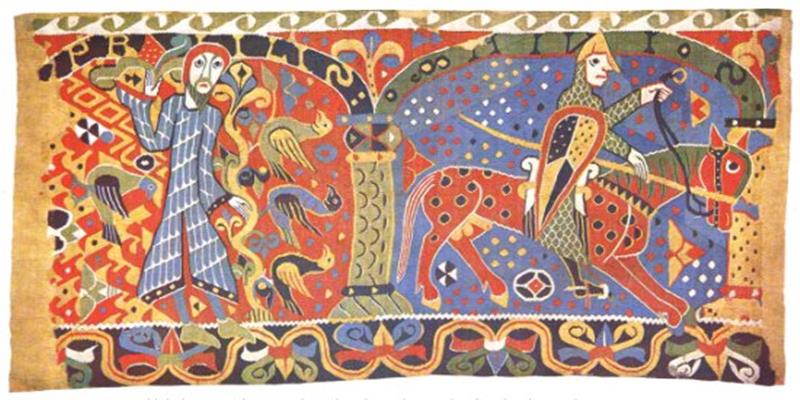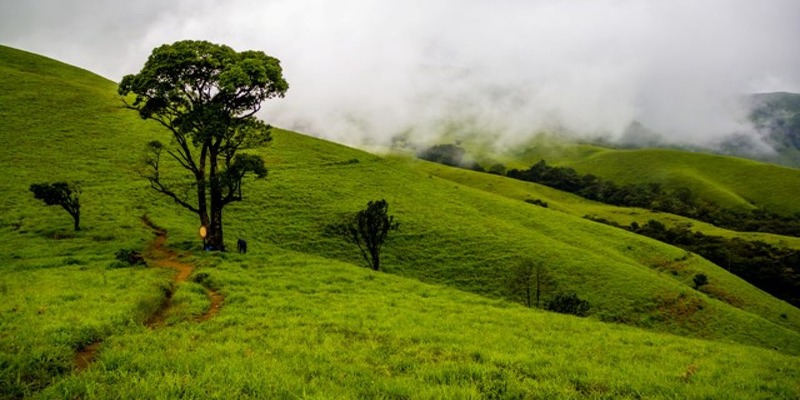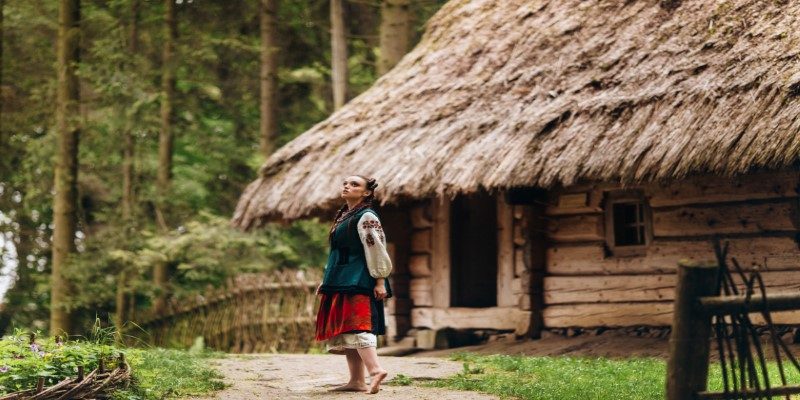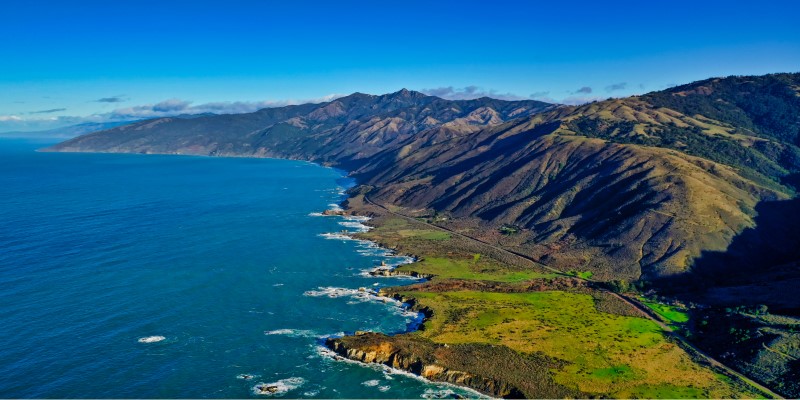Discover Art in Saxony: A Cultural Journey
Mar 19, 2024 By Sean William
Introduction
In the heart of Europe, nestled among rolling hills and ancient forests, lies Saxony, an eastern German state with a rich tapestry of cultural heritage and artistic vibrancy. This region, steeped in history and tradition, has long been a crucible of creativity, where the past and the present merge to create something truly unique. Saxony's journey through the ages, from its early beginnings to its current status as a cultural hub, is a testament to the enduring power of art and creativity. The state's commitment to preserving its heritage while fostering innovation has become a beacon for artists, historians, and art lovers worldwide.
The story of art in Saxony is as diverse as it is fascinating, spanning centuries of European history. From the opulent baroque architecture that dots its cities to the intricate craftsmanship of its folk art, Saxony offers a window into the soul of Germany. The state's museums and galleries are treasure troves of artistic achievement, housing collections that range from ancient artifacts to modern masterpieces.
But Saxony's artistic appeal is not confined to its institutions; it is woven into the very fabric of the region, evident in its vibrant street art, bustling art markets, and dynamic cultural festivals. This blend of the historical and the contemporary, the formal and the spontaneous, makes Saxony a living canvas, ever-evolving and always captivating.
The Historical Canvas: Saxony's Artistic Heritage
Saxony's history is a narrative of artistic excellence and innovation, a legacy that dates back to the Middle Ages. The region's artisans and craftsmen were renowned throughout Europe for their skill and creativity, producing everything from exquisite textiles to fine porcelain. This tradition of craftsmanship laid the foundation for Saxony's artistic heritage, a legacy that has been carefully preserved and celebrated. The state's castles and palaces, with their elaborate frescoes and stucco work, stand as monuments to the artistic achievements of the past.
These historical sites offer a glimpse into the opulent lifestyles of Saxony's former rulers and serve as custodians of the state's rich artistic traditions. In addition to its architectural wonders, Saxony is home to some of Germany's oldest and most prestigious museums. For example, the Dresden State Art Collections is a conglomerate of museums showcasing an impressive array of art, from Renaissance masterpieces to contemporary works.
These institutions play a crucial role in preserving Saxony's cultural heritage, offering insights into the artistic movements that have shaped the region and the world. Through their extensive collections and innovative exhibitions, Saxony's museums bridge the gap between the past and the present, making the state's artistic heritage accessible and relevant to a modern audience.
The Contemporary Scene: Saxony's Modern Art Movement
While Saxony is deeply rooted in tradition, it is equally forward-looking, embracing contemporary art and artists with open arms. The state has become a magnet for creatives seeking inspiration and a platform for their work. Cities like Leipzig and Dresden have emerged as hotspots for contemporary art, with galleries, studios, and alternative spaces flourishing in these urban centers. These venues offer a stage for established and emerging artists to showcase their talent, pushing the boundaries of creativity and challenging conventional notions of art. Saxony's contemporary art scene is a vibrant ecosystem characterized by diversity and dynamism, reflecting the state's spirit of innovation and embracing the new.

One of the hallmarks of Saxony's modern art movement is its inclusivity and commitment to fostering dialogue between artists and the public. Art festivals, open studio events, and interactive installations invite participation and engagement, breaking down the barriers between the creator and the audience. This interactive approach to art enriches the cultural landscape of Saxony and democratizes the artistic process, making it more accessible to people from all walks of life. Through these initiatives, Saxony is not just a spectator in the global art scene but an active participant, contributing to the ongoing conversation about the role of art in society and its potential to inspire change.
Saxony's Cultural Tapestry: A Fusion of Arts
Saxony's art scene is a testament to the state's ability to blend the old with the new, creating a cultural tapestry that is both rich and diverse. This fusion is evident in the state's music and performing arts, which draw from a deep historical well while embracing contemporary influences. Saxony's opera houses and theatres are renowned for their high-quality productions, offering a repertoire that ranges from classical masterpieces to avant-garde performances. With their commitment to excellence and innovation, these institutions play a pivotal role in Saxony's cultural life, attracting audiences from across the globe.

The state's festivals and cultural events further highlight the fusion of arts in Saxony. From traditional folk celebrations to cutting-edge art fairs, these events offer a platform for cultural exchange and artistic expression. They celebrate Saxony's artistic achievements and foster community and shared identity among participants. These gatherings, set against the backdrop of Saxony's scenic landscapes and historic cities, provide an enriching and inspiring unique experience. Through these diverse cultural offerings, Saxony affirms its status as a place where art is appreciated and lived, a destination for those who seek to immerse themselves in the beauty and complexity of the human spirit.
Conclusion
Saxony is a beacon of artistic excellence and cultural richness, where the past's legacy informs the present's creativity. Its vibrant art scene, characterized by a blend of tradition and innovation, offers a window into the soul of Germany, inviting exploration and discovery. Whether through the hallowed halls of its museums, the lively streets of its cities, or the communal spirit of its festivals, Saxony offers a journey into the heart of art, where every corner holds a story, and every moment is an opportunity for inspiration. In Saxony, art is not just an aspect of life; it is the essence of life itself, a testament to the enduring power of human creativity and its capacity to connect us across time and space.





